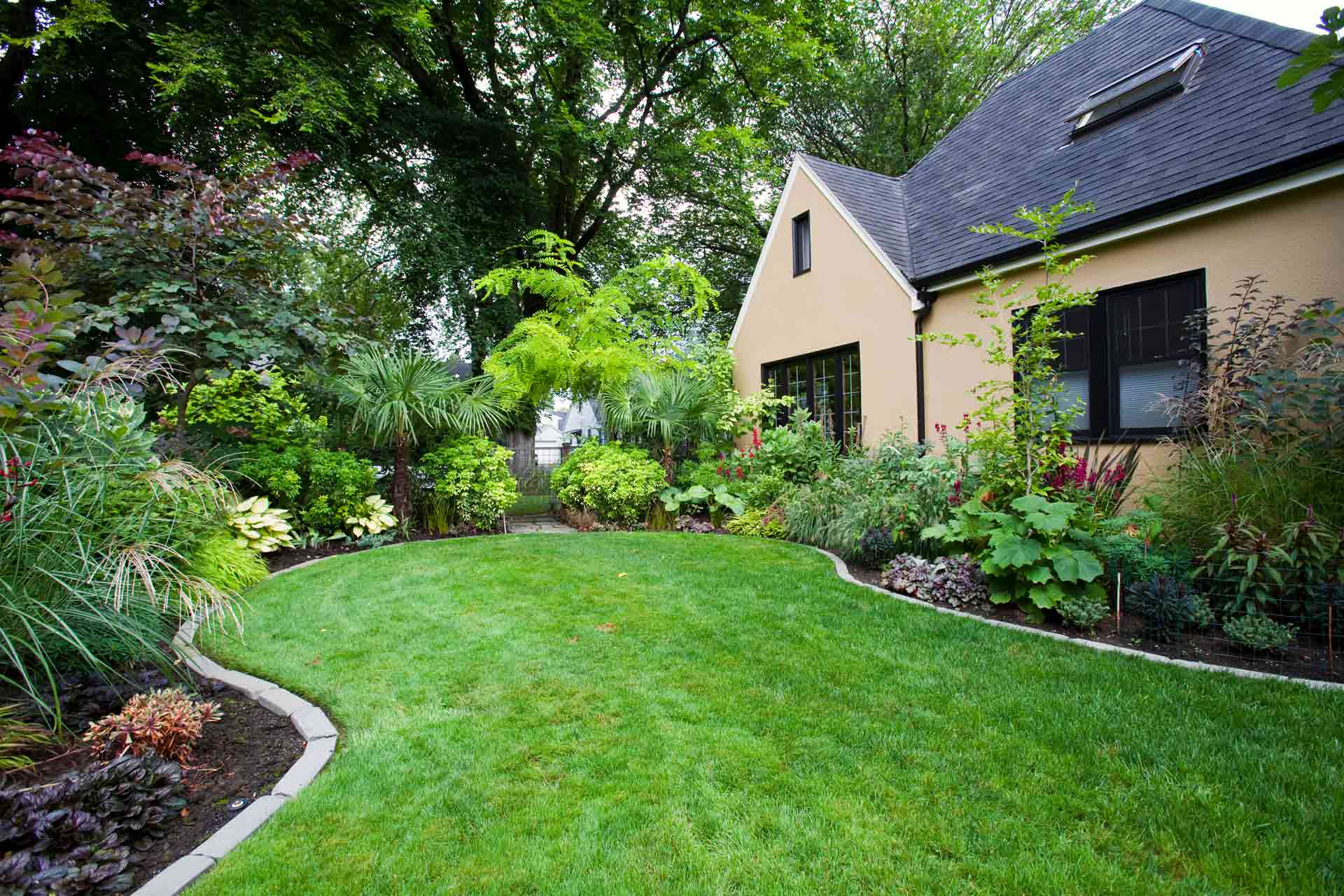When it comes to the design of an outdoor living spaces, there are two primary components of the design; the landscaping and the hardscaping. Although both hardscaping and landscaping can flow together to create a perfect, fully functional yard space, they are very different. When designing your landscape, here are some of the key differences to note between landscaping and hardscaping.
Features
The significant difference between hardscaping and landscaping is the features that make them up. Hardscaping involves inanimate, stable and unchanging elements like decks, driveways and concrete patios, landscaping deals with the softer and living components of your outdoor space such as shrubs, trees, and grass that are able to adapt to environmental changes.
Permanence and Long-Term Use
One of the very subtle differences between hardscaping and landscaping is the permanency of the materials and design. Patios, sidewalks and stone paths are usually installed for long term purposes, and are often not changed or altered frequently because of the labour that goes into their installation. On the other hand, landscaping components like flowers and plants are not permanent and can be changed and replaced seasonally or as frequently as you choose.
Level of Maintenance
The living components of your landscape require timely maintenance and proper care if you do not want them to wither, die and become an eyesore. Plants, flowers and grass do need constant watering, trimming and weeding, while the soil will require fertilizing. Even though your hardscaping doesn’t require constant maintenance, you will need to complete an annual inspection as well as some general maintenance such as sealing, staining, cleaning, painting and power washing. Generally, landscaping does require more attentive maintenance than hardscaping.
Degree of Flexibility
From time to time, you can decide to change the way you trim your plants or mow your lawn, and you can get creative with the way you position flowers and plants in your flower beds to provide your property with a different look and feel. On the other hand, the hardscaping materials do not permit the same flexibility level, once they are installed, there isn’t much you can do to change their design or appearance. In some cases, you can paint or stain your hardscape features, but the general shape and design will remain the same.
Purpose and Use
The overall purpose of both landscaping and hardscaping is to provide your outdoor living space some aesthetic touches, but they both serve different purposes. In most cases, landscaping creates a peaceful atmosphere thanks to the colour, look and fragrance of the plants and flowers. Hardscaping is usually used to regulate the landscape’s environmental features, and it can be used to prevent or enhance water flow, erosion, and soil movement. Both landscaping and hardscaping improve the overall aesthetic appeal of the landscape.
When hardscaping and landscaping are correctly implemented together, they make your outdoor space comfortable to entertain friends and spend quality time with family. If you are not sure where to begin, there are many professionals who specialize in the full design and development of outdoor spaces. They can help turn your dream outdoor space into reality.


